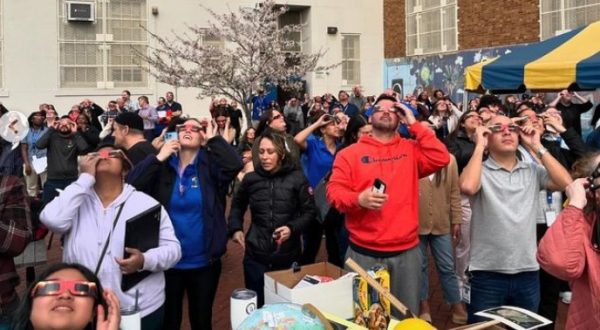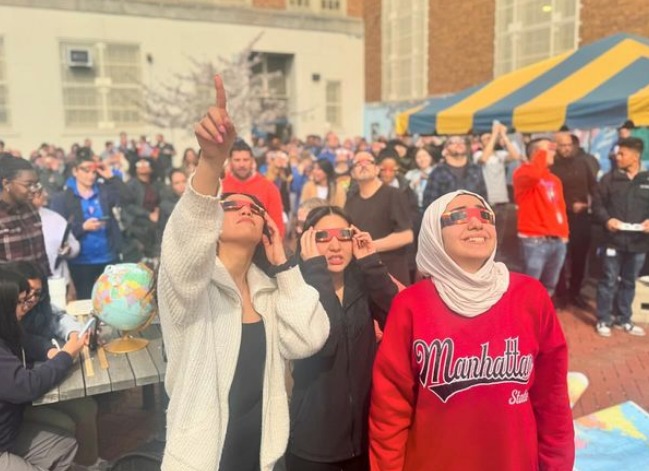“For human nature is so made that only what is unusual and infrequent excites wonder or is regarded as of value. We make no wonder of the rising and the setting of the sun which we see every day; and yet there is nothing in the universe more beautiful, or worthy of wonder. When, however, an eclipse of the sun takes place, everyone is amazed – because it happens rarely.”
— Gerald Of Wales, a Priest and Historian (The History and Topography of Ireland)
Humans in nature–love mysteries, and that also includes conspiracy theories (which has somewhat lost its meaning)! The eclipse as of late (just occurring in April 8, 2024) has been quite a showstopper for this hobby or some say, as genuine beliefs. Some interesting ones I’ve heard regarding the occurrence of the eclipse were: the occurrence of an apocalypse, controlling humanity, the end of the world— and there seems to be a theme regarding that, for some reason we will all be doomed by this natural occurrence.
Anywho, the basic premise of a Solar Eclipse is when a new moon(phase) is directly in between the earth and sun, blocking some or most light radiated from the sun(the latter which is often mistaken for the eclipse is a Lunar Eclipse, which occurred before the Solar Eclipse this year—is when a full moon is directly behind the earth and sun, making the moon appear reddish).

Now some wonder why Solar Eclipses are a rare occurrence, or why we should wear specialized glasses for that matter. Eclipses follow a certain pattern and cycle, supported by NASA–Solar Eclipses are based upon the Saros Cycle. This cycle is in accordance with the synodic months (differing from the Sidereal month, which is focused on the full orbit around earth, Synodic is of the cycles of moon phases during an eclipse). The Saros Cycle was created by the Babylonians (during the second millennium BC); they comprised this cycle with about 233 synodic months, estimated to total about 18 years. But eclipses appear between this 18-year time period in different stages, as part of their cycle, in different places visible around earth. Thus, being able to see one in a particular area without moving makes it rare!
Now looking at an eclipse is deemed dangerous, well first staring at the sun itself is damaging. Of the eye’s anatomy, the retina contains light-sensitive nerve tissue behind the eye (retinal pigment epithelium, RPE for short, is responsible for the photoreceptors, which respond to light). Where it is highly sensitive to light, experts state this could lead to risks of eye diseases. Solar retinopathy (eclipse retinopathy) occurs from looking at bright lights (like the eclipse or sun) which may cause low vision. However, there are mild to severe levels of this, in the mild case it would most likely heal on its own but if it were severe vision damage may be permanent. So, in short, the sun’s light rays are very effective on the light-sensitive retina tissue of the eyes.
(Note: viewing without solar viewers during totality is a bit safer than when the moon is phasing to move onto totality, but it is not advised.)
Well then, when will the next solar eclipse occur? If we’re talking in the US, it will be about 20 years from now, in totality. It’s stated to be most visible in Canada but will follow along some states of the US (foreseen to be North&South Dakota and Montana). For New York, it is predicted the next visible eclipse will be during 2079, about 55 years from now, unfortunately. Guess we should get ready to migrate to one of the three states during 2044!


